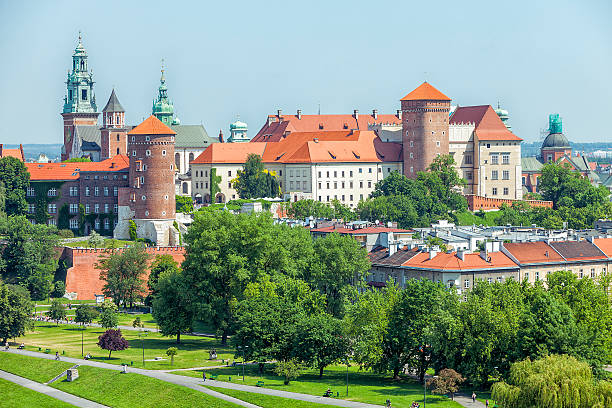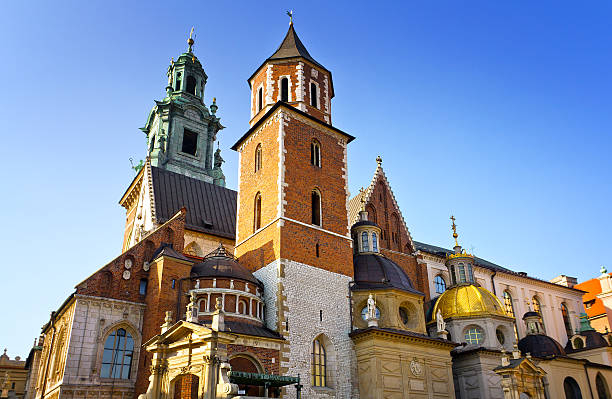Wawel Royal Castle
The Wawel Royal Castle and the Wawel Hill on which it stands among Poland's most historically and culturally significant sites. It was built on the instructions of King Casimir III the Great and expanded throughout the ages into a variety of structures centered around an Italian-styled courtyard on the Vistula River in Kraków. It encompasses almost all European architectural styles from the Medieval, Renaissance, and Baroque eras.
The castle is part of a fortified architectural complex built on a limestone outcrop on the Vistula River's left bank at an elevation of 228 meters above sea level. The complex has a number of historic and national structures, notably the Wawel Cathedral, where Polish emperors were crowned and buried. Some of Wawel's oldest stone buildings date back to 970 AD, as do the country's earliest examples of Romanesque and Gothic architecture. The existing castle was constructed in the 14th century and developed during the next several centuries. Wawel was designated as the first World Heritage Site as part of Kraków's Historic Centre in 1978.
Wawel Castle, for centuries the abode of Poland's rulers and a symbol of Polish statehood, is today one of the country's major art museums. The museum, which opened in 1930, has 10 curatorial departments that are in charge of collections of paintings, prints, sculpture, textiles, notably the Sigismund II Augustus tapestry collection, goldsmith's work, guns and armor, ceramics, Meissen porcelain, and period furniture. The museum's eastern art collection includes Europe's greatest collection of Ottoman tents. The museum is also an important center for the conservation of works of art, with seven specialist conservation workshops.
Location: Old Town, Kraków, Poland













